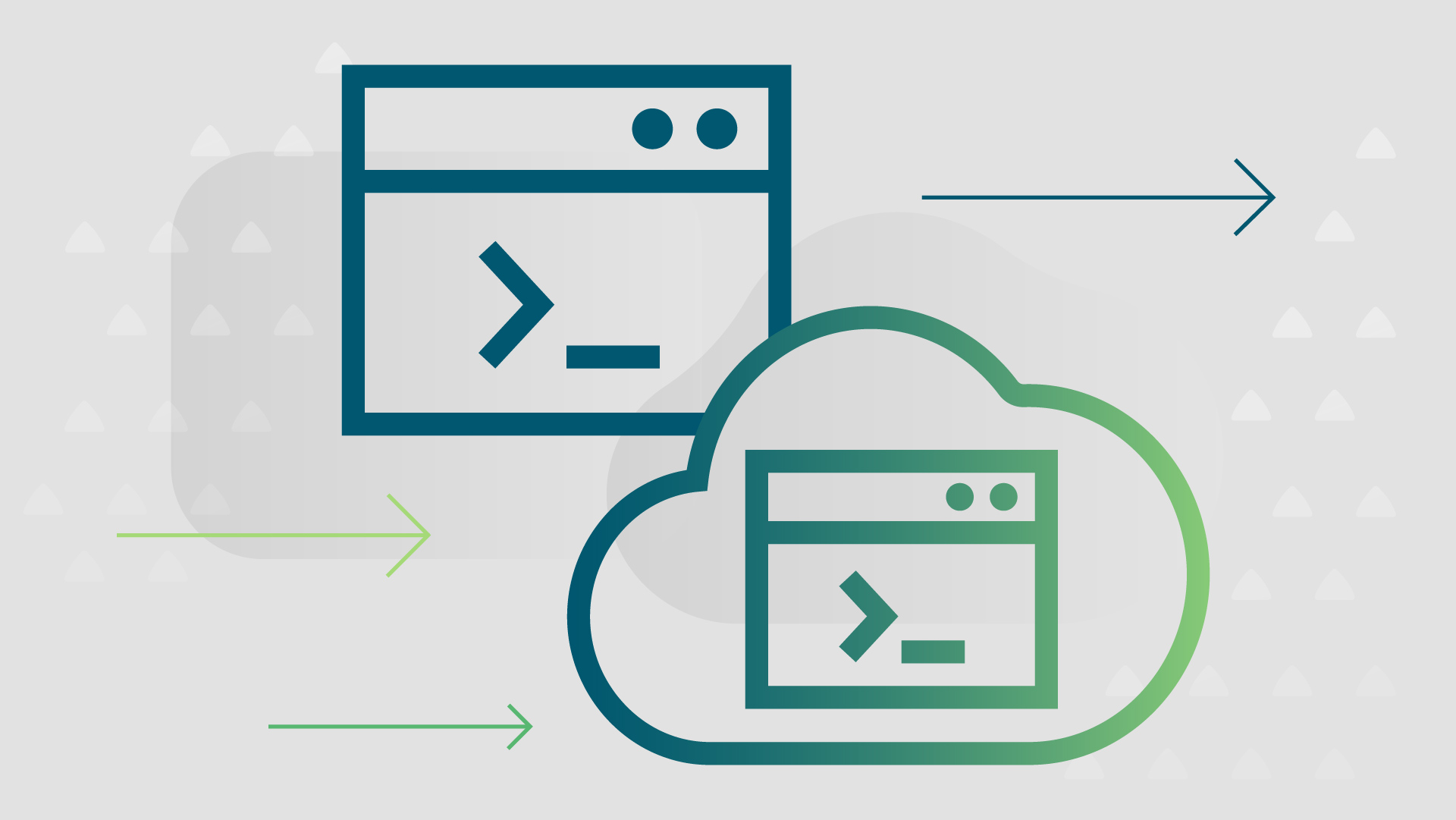Bogged down by legacy applications but contemplating the cloud? You’re not alone.
Decisions like this take time and require a thoughtful approach. That said, it might be time to start investing in that change so you don’t get left behind. As of a 2018 report, “60 percent of companies surveyed by McKinsey had voluntarily moved their applications to the cloud.” Today, that number is likely even higher.
With the case for the cloud growing stronger by the day, should you just move your applications over as-is? Or enhance your app to accelerate your digital transformation?
Your competitors are migrating and your business must modernize to keep up. Taking the time now to think through all of the cloud migration considerations will pay off tenfold later.
As you consider moving your applications to the cloud, here are the top three items to contemplate in your migration strategy.
Consideration 1: Contemplate the complexities of migration
How easy would it be if you could pick up your existing code and push it to the cloud?
Unfortunately, this type of lift-and-shift arrangement isn’t always possible—and isn’t always the smartest solution in the long run. If you want to reap the full benefits of migration, you must think of the big picture—and then break it down into phases.

If you have more than one critical application to modernize, the first step is to conduct an audit and decide:
- Which apps you want to keep
- Which apps could be retired
- Which apps to merge, if needed
You’ll also want to evaluate migrating your data for increased performance, too.
When it comes to application modernization, it’s important to remember that bugs will happen. Don’t be discouraged if you hit a few roadblocks on the way. This is normal and part of the process.
That’s why a migration partner like Redapt is helpful. Technology partners can help you simplify the process, add features in phases, develop customized solutions, and address issues when they occur.
Dive Deeper: The In-Depth Guide to Adopting and Migrating to the Cloud
Consideration 2: Analyze your app’s current performance
If you’re one of the lucky ones, your application is already performing optimally. However, the reality for most businesses is that app(s) may be falling short in an area or two and need to be optimized to better serve your business or customers.

Here are a few questions to ask yourself to judge whether your application’s current performance is where you want it to be:
- How will your current application work in the cloud if you move it over as is? Would your customers benefit from any changes or additions?
- How is your app performing today? What are the issues you need to resolve? Is it optimized across all devices from PC to mobile?
- Are there internal business goals you want to achieve that you aren’t able to with your on-prem setup?
- What do you want to do in the future and will this app scale to those needs? If not, what do you want to change?
If your current app isn’t up to speed with where you want it to be—or you have concerns about how far it will take you down the line—it may be time to think about a higher level of innovation.
Consideration 3: Envision app innovation
Perhaps you want to enhance your application by making it easily accessible from any device. Or maybe you need to rework your app to better engage your customers.
Regardless of your wish list, you wouldn’t just make a snap decision about purchasing a new mobile phone or laptop without doing a bit of research and performing a personal cost-benefit analysis.

The same goes for modernizing your applications. Think about the possibilities of just pushing over the application in a lift-and-shift versus re-architecting or enhancing your application to fit your company’s evolving needs—especially in uncertain times such as the ones we’re all navigating today.
Why is it important for your business to modernize?
Now that we’ve dug into the three considerations, let’s recap the benefits of modernization.
First, not only will you maintain business continuity, but you’ll also achieve faster growth and employ an application that is more reliable and scalable—both key contributors to cost savings (and who doesn’t want to save money?).
The cons of sticking with an on-prem solution are what you might expect:
- Missing out on the opportunity to meet customer needs
- Losing market share
- Falling behind with your legacy app
All of these could be costly mistakes. Security is a big driver right now, too; a recent Deloitte report states security, data modernization, and cost are the three key drivers to cloud migration.
It may also be easier to think of the benefits in terms that directly affect your team’s time. Imagine not having to build everything from scratch and instead of using application deployment and security policy automation to help you innovate faster, safer, and achieve more. Not a bad scenario to visualize, right?
Building a better environment
To embrace a more modern environment and hopefully achieve elite performance for your applications, look at the big picture of your cloud modernization and then remember to break it down into achievable steps. The next steps for app migration may include a plan such as the following:
1. Take a holistic picture of your current environment
This is where you take a big-picture look at your app(s) and data management as they are today.
2. Understand the use case scenarios for the existing app
Here, you may want to map out a few use case scenarios of how users are interacting with your app. You may even want to talk to internal stakeholders and account managers or solicit feedback from users to add to the picture.
3. Analyze current pain points
This one may be less fun, but it’s equally important. Look at what isn’t working for your internal teams and your external customers. What are the main problems or barriers to customer engagement?
4. Consider proof of concept work and solicit meaningful feedback
It’s time to modernize. By this step, you’re making changes and asking for feedback from the team. Hopefully, that feedback is positive! (If it’s not, don’t worry—just regroup and make any necessary changes.)
Armed with a better idea of the considerations that go into making a modernization decision, as well as the next steps to take, don’t forget this process is not something you have to go alone. Technology partners such as Redapt can help you each step of the way.
Click here to explore our cloud adoption solutions. Or, click here to dive deeper into how to address the challenges and unlock the benefits of taking your enterprise to the cloud.
Categories
- Cloud Migration and Adoption
- Enterprise IT and Infrastructure
- Artificial Intelligence and Machine Learning
- Data Management and Analytics
- DevOps and Automation
- Cybersecurity and Compliance
- Application Modernization and Optimization
- Featured
- Managed Services & Cloud Cost Optimization
- News
- Workplace Modernization
- Tech We Like
- AWS
- Social Good News
- Cost Optimization
- Hybrid Cloud Strategy
- NVIDIA
- Application Development
- GPU






